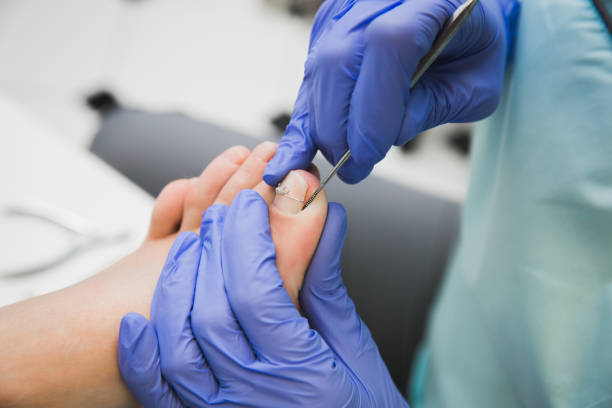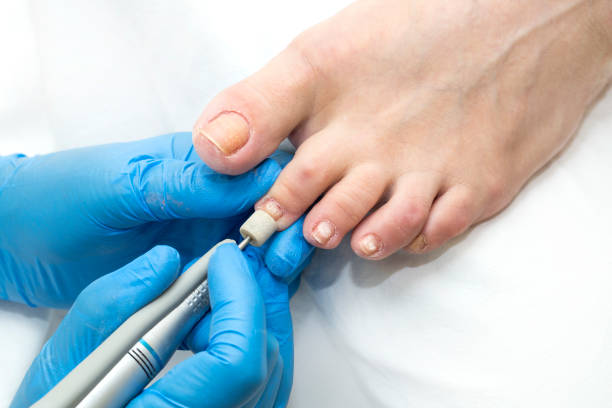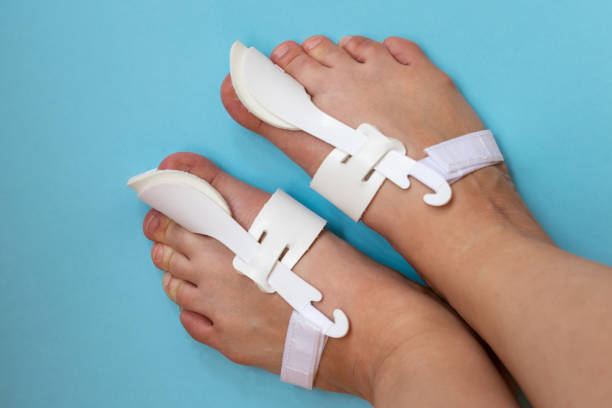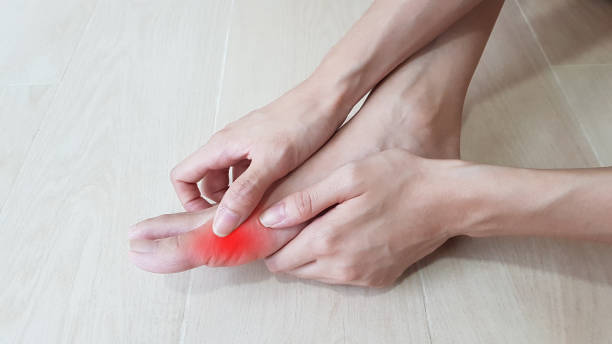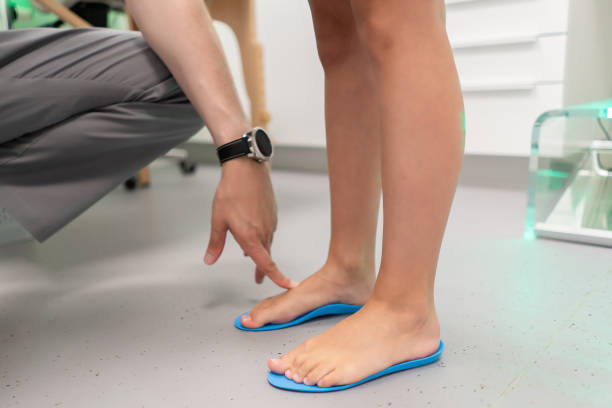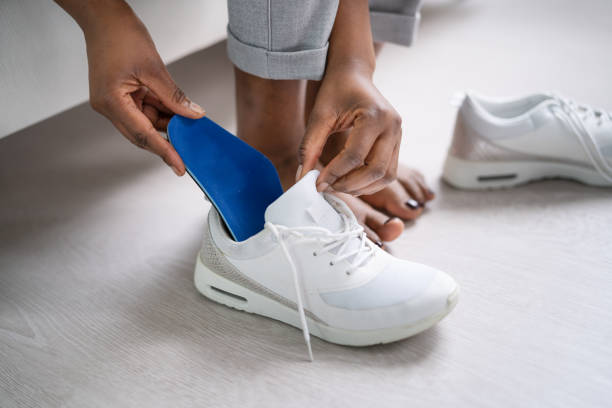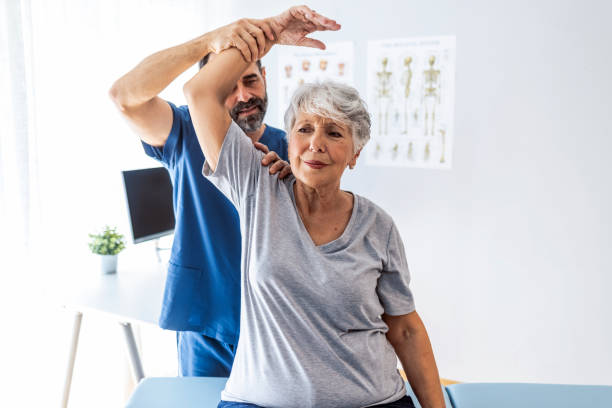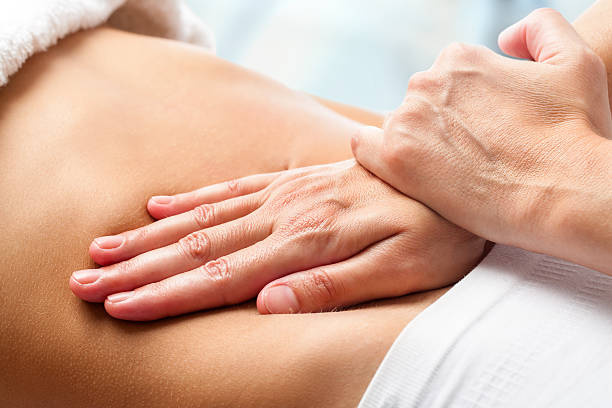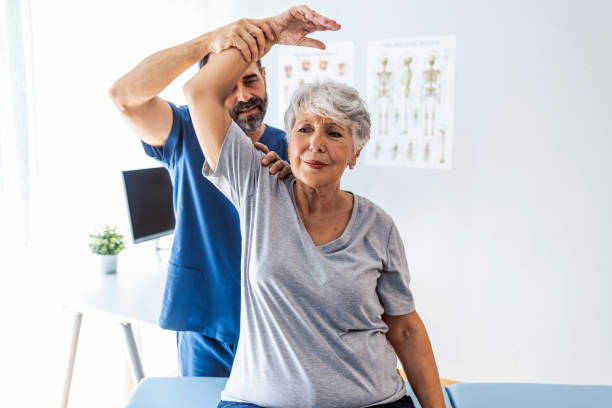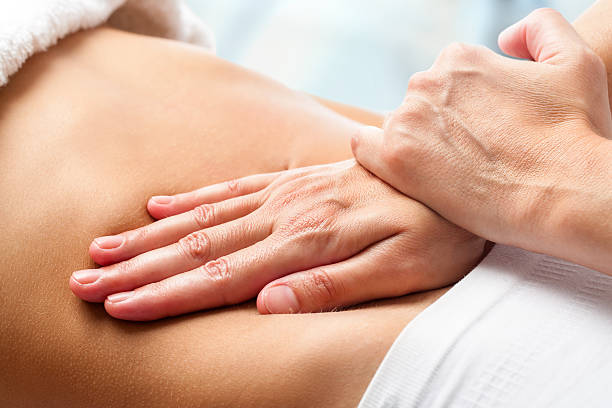Kicking the Fungus to the Curb – Effective Fungal Nail Treatment Solutions
Fungus can be tough to eradicate once it becomes established in your nails. But there are steps you can take to help prevent or treat the condition.
Soak your feet in diluted bleach, which can lighten fungus-yellowed nails and kill spores. Also, wear breathable shoes in warm environments, trim your nails regularly and sanitize clippers and pedicure tools between uses.
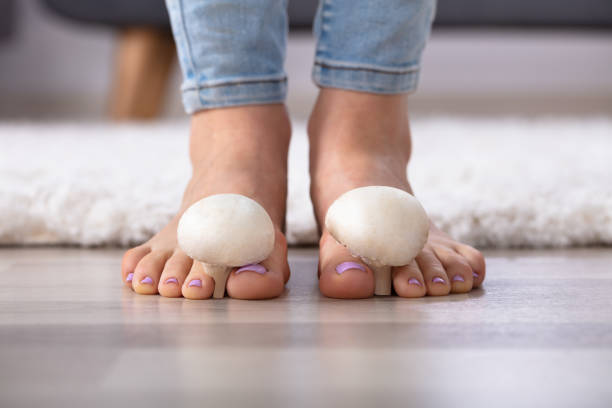
1. Oregano Oil
The fungus that causes nail infections can be extremely difficult to treat. This is because fungus thrives in warm, moist environments and can grow quickly. When left untreated, fungus can lead to discoloration, thickening of nails, and crumbling edges.
Oregano oil, or Origanum vulgare, has been shown to have powerful antifungal properties that can help to fight a fungal nail infection. The active compounds in oregano oil, specifically carvacrol and thymol, have been shown to inhibit the growth of several strains of fungi.
Unlike prescription antifungal medications, oregano oil can be safely used on the nails when diluted properly. However, because oregano oil is highly concentrated, it must be mixed with a carrier oil (such as olive oil or coconut oil) to achieve a safe concentration.
A suggested starting point is a dilution of 2-3 drops of oregano oil per teaspoon of carrier oil. This can be gradually increased, as long as no adverse reactions are observed. It is recommended that the diluted oregano oil be applied to the affected nails at least twice a day. Consistency is key in treating nail fungus, so it’s important to stick with the treatment for several weeks.
In addition to using oregano oil, there are a few other things that can be done to help treat and prevent a fungal nail infection. These include:
2. Lavender Oil
Lavender is a great antifungal oil for treating nail fungus. It is an effective oil for fighting fungus because it contains natural chemicals that have been shown to inhibit the growth of fungi. When applied topically to the nails, lavender oil can help kill fungus and prevent its spread. When using lavender for a fungal nail infection, be sure to use pure lavender oil that is not diluted in any way. Many commercial nail fungus treatments contain lavender oil but it is often heavily diluted so that it has no medicinal value.
Eucalyptus is another powerful essential oil that is effective for fighting toenail fungus. The antifungal properties of this oil come from its phenolic compound, cineole, which is known to destroy fungus and prevent it from spreading. Eucalyptus essential oil can be applied directly to the affected nails twice daily.
A fungal nail infection, also known as onychomycosis, can cause pain and may be embarrassing to deal with. Infections are caused by fungi that live in the environment and can get into the nail through small cracks. These fungi can lead to a variety of symptoms including brittle, ragged, discolored and thickened nails. The fungus can also spread to other parts of the body including the feet and legs. Fungal nail treatment in Perth can be effective. Make sure that you visit an expert podiatrist Perth for proper treatment.
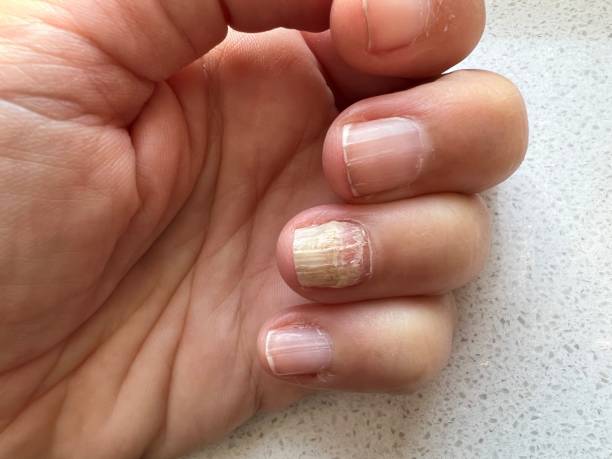
3. Tea Tree Oil
Tea tree oil, also known as melaleuca oil or ti tree oil, is an essential oil with antiseptic and antifungal properties. It’s extracted from the leaves of a native Australian plant, Melaleuca alternifolia. The oil has a fresh, camphoraceous odor similar to eucalyptus and is used in soaps, cosmetics, and skin care products. It’s often diluted with another carrier oil, such as coconut or olive oil, before use on the skin.
Studies have shown that the oil has antifungal properties, and it’s thought to work well when used in combination with other treatments. In addition to using a tea tree oil fungus treatment, patients should soak their feet in Listerine or vinegar every day for a minimum of 5 minutes. These natural nail fungus remedies can be effective if combined with weekly podiatry appointments where the nails can be filed down with sterile tools and where fungal spores can be scraped off the surface of the nail bed.
It is important to note that the oil must be diluted before it can be applied directly to the nail and surrounding skin. Undiluted oil can cause irritation and can also be toxic if ingested. To avoid irritation, patients should apply the oil to a cotton ball and gently dab it onto the affected nail and skin twice daily.
4. Garlic
The sulfur in garlic possesses antifungal properties that may help in eliminating nail fungus. It is thought that using this at-home remedy, along with a combination of preventive measures, will lead to healthy nails free of infection. For example, avoid wearing shoes that are soaked with water or have a fungal toenail, regularly trim and file your nails, and make sure your feet are properly moisturized.
Baking soda may also be effective in treating toenail fungus by drawing out excess moisture. A mixture of equal parts baking soda and Epsom salt can be added to a footbath and used for at least 30 minutes, twice daily. This solution is unlikely to cure the fungus but can reduce itching and odor. Likewise, a mixture of equal parts baking soda and vinegar can be used to create a paste that is applied directly on the infected nail. This solution may be painful and should be covered with a bandage for comfort.
Another natural home treatment for nail fungus is tea tree oil, which has been shown to be effective in controlling it. The melaleuca oil, found in tea trees, is a natural fungicide. Applying it directly to the affected nail with a cotton swab, twice per day, is recommended. This treatment is best combined with good foot hygiene and consistent use.
